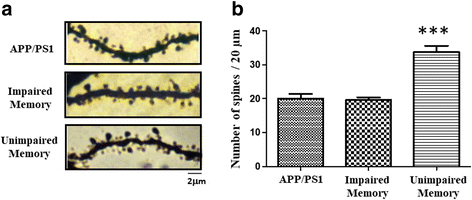Impact of social relationships on Alzheimer's memory impairment: mechanistic studies
- PMID: 29325565
- PMCID: PMC5764000
- DOI: 10.1186/s12929-018-0404-x
Impact of social relationships on Alzheimer's memory impairment: mechanistic studies
Abstract
Alzheimer's disease (AD) is characterized by progressive memory and neuronal loss culminating in cognitive impairment that not only affects a person's living ability but also becomes a society's as well as a family's economic burden. AD is the most common form of dementia in older persons. It is expected that the number of people with AD dementia will increase dramatically in the next 30 years, projecting to 75 million in 2030 and 131.5 million in 2050 worldwide. So far, no sufficient evidence is available to support that any medicine is able to prevent or reverse the progression of the disease. Early studies have shown that social environment, particularly social relationships, can affect one's behavior and mental health. A study analyzing the correlation between loneliness and risk of developing AD revealed that lonely persons had higher risk of AD compared with persons who were not lonely. On the other hand, it has been reported that we can prevent cognitive decline and delay the onset of AD if we keep mentally active and frequently participate in social activities. In this review, we focus on the impact of social behaviors on the progression of cognitive deficit in animal models of AD with a particular emphasis on a mechanistic scheme that explains how social isolation exacerbates cognitive impairment and how social interaction with conspecifics rescues AD patients' memory deficit.
Keywords: Alzheimer’s disease; BDNF; Cognition; Epigenetic; Hippocampus; Neurogenesis; Social isolation.
Conflict of interest statement
Ethics approval and consent to participate
Not applicable
Consent for publication
Not applicable
Competing interests
The authors declare that they have no competing interests.
Publisher’s Note
Springer Nature remains neutral with regard to jurisdictional claims in published maps and institutional affiliations.
Figures



References
-
- Tiraboschi P, Hansen LA, Thal LJ, Corey-Bloom J. The importance of neuritic plaques and tangles to the development and evolution of AD. Neurology. 2004;62:1984–1989. - PubMed
-
- Todd S, Barr S, Roberts M, Passmore AP. Survival in dementia and predictors of mortality: a review. Int J Geriatr Psychiatry. 2013;28:1109–1124. - PubMed
-
- Glenner GG, Wong CW. Alzheimer's disease: initial report of the purification and characterization of a novel cerebrovascular amyloid protein. Biochem Biophys Res Commun. 1984;120:885–890. - PubMed
Publication types
MeSH terms
Grants and funding
LinkOut - more resources
Full Text Sources
Other Literature Sources
Medical

